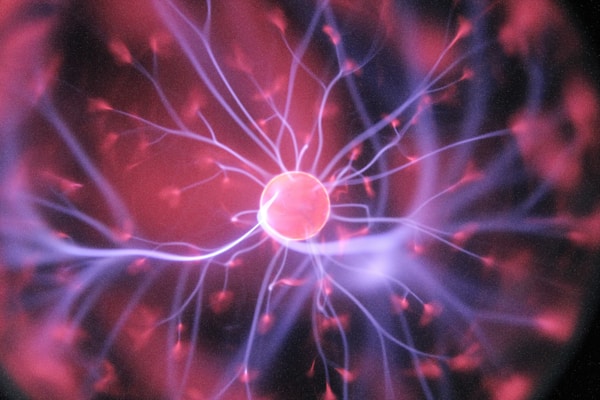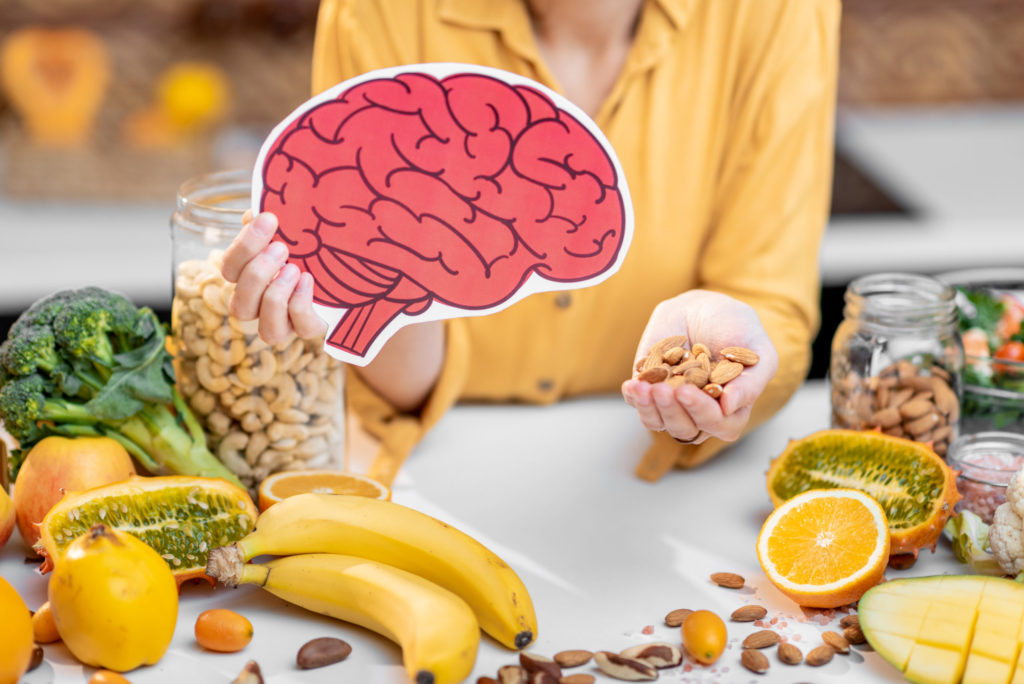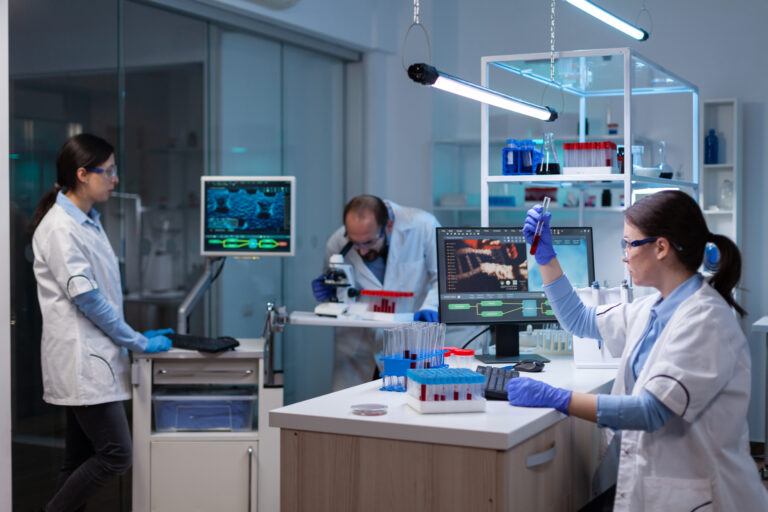The human brain is the most complex organ in the human body. It’s made up of billions of cells called neurons. These neurons are interconnected to form networks, and the brain can then control everything from breathing to thinking. In this article, you will explore some interesting facts about the human brain that you might not have known.
The human brain is made up of billions of neurons.

The human brain is an incredibly complex organ made up of billions of cells. Each neuron has the ability to communicate with other neurons, which allows for the creation and transmission of thoughts, memories, and sensations. The human brain is also able to control the body’s movements and functions. And the brain is divided into several regions that specialize in different functions, such as sight, hearing, movement, and thought. Each neuron in the human brain has an average of 7,000 connections with other neurons. This high level of connectivity allows for a great amount of communication and coordination between different regions of the brain. The brain is constantly processing information, and a large number of connections between neurons helps to ensure that all necessary information is relayed quickly and accurately. Additionally, this extensive network of connections allows for a large degree of flexibility and adaptability, enabling the brain to learn and change throughout life.
It undergoes significant changes during adolescence onset of puberty.
The human brain undergoes significant changes during adolescence onset of puberty. Puberty is the process of physical changes through which a child’s body matures into an adult body. The average age of onset of puberty is 10 years for girls and 12 years for boys, but it can start as early as 8 years old or as late as 14 years old. The hypothalamus, located in the brain’s limbic system, is responsible for controlling the release of hormones that trigger puberty. During puberty, the hypothalamus increases its production of gonadotropin-releasing hormone (GnRH), which signals the pituitary gland to produce two sex hormones: follicle-stimulating hormone (FSH) and luteinizing hormone (LH). FSH stimulates the production of eggs in females and sperm in males, while LH triggers the ovaries or testes to produce testosterone and estrogen in females and males respectively.
The human brain can develop tumors.

Brain tumors are masses or lumps that form in or on the brain. Tumors are masses of cells that can form in almost any part of the body. They can be either cancerous or noncancerous. Cancerous tumors are malignant, meaning they can spread to other parts of the body. Noncancerous tumors are benign, meaning they typically do not spread. The most common type of brain tumor is a glioma. Gliomas are tumors that arise from the glial cells of the brain. Glial cells are the support cells of the brain. They provide nutrients and oxygen to the cells and keep them healthy. Many tumors do not cause any symptoms. However, when they do cause symptoms, the most common ones are headache, nausea, vomiting, seizures, and changes in mood or behavior.
It is constantly changing and has the ability to repair itself.
One interesting fact about the human brain is that it’s constantly changing. For example, new connections are being formed between cells every day. This means that our brains are always adaptable and able to learn new things. Additionally, the brain is capable of repairing itself after injuries.
There are plenty of ways to learn more about the human brain. You can learn the physical aspect by studying medicine, specifically neurology. Or you can study the mental and emotional aspects by earning a bachelor degree in psychology online schools.
Overall, the human brain is an incredibly complex organ that is still being studied and understood. Knowing the facts above can help people better understand themselves and the world around them.





